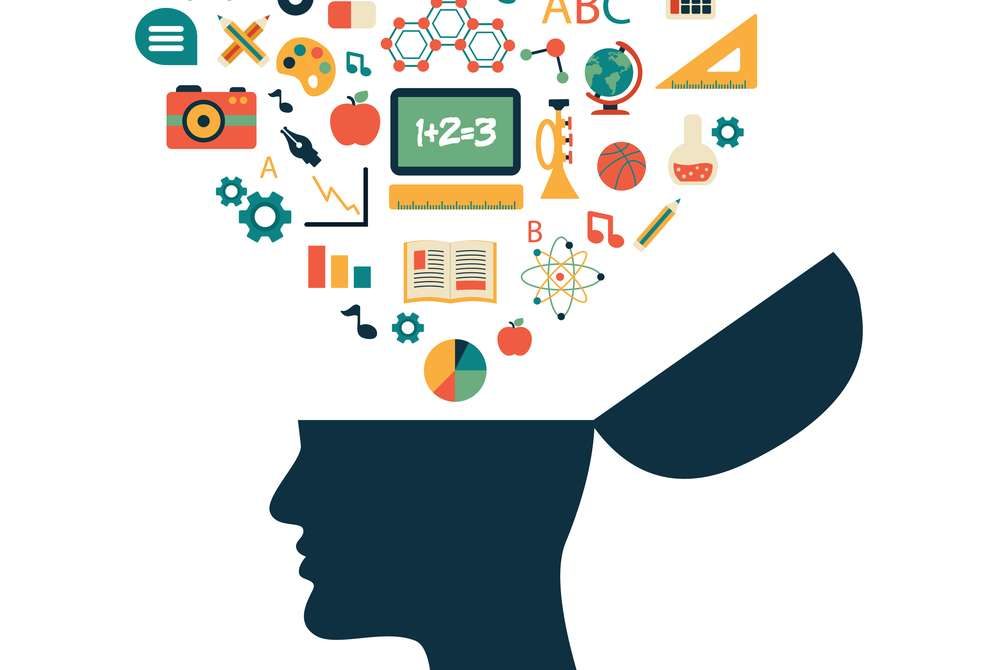Identifying Thinking Styles

The Representational Systems
The Representation System refers to how people take in information with our physical senses. We see, hear, feel, taste and smell. This sensory input is then converted to representations that are utilized for thinking, memory and imagination.
Through the study of NLP by many in the field, four primary systems were identified. Smell and taste were minimized and the category of Auditory Digital was added.
The four representation systems clearly link to styles of communication, ways of learning, and processing information resulting in behaviors.
There are four main representational systems:
- Visual (seeing)
- Auditory (hearing)
- Kinesthetic (feeling)
- Auditory Digital (using language).
By identifying one’s favored representational system and debriefing these concepts, one can gain powerful insights into how to subtly, yet powerfully change desired behaviors, habits and ways of being. In addition, understanding the concepts of the representational systems can offer an additional key to maintaining rapport.
According to NLP, for many practical purposes mental processing of events and memories can be treated as if performed by the five senses.
For example, Einstein credited his discovery of spacial relativity to a mental visualization of “sitting on the end of a ray of light”, but many people as part of decision-making talk to themselves in their heads and won’t be making pictures at all. The manner in which this is done, and the effectiveness of the mental strategy employed, plays a critical part in the way mental processing takes place.
